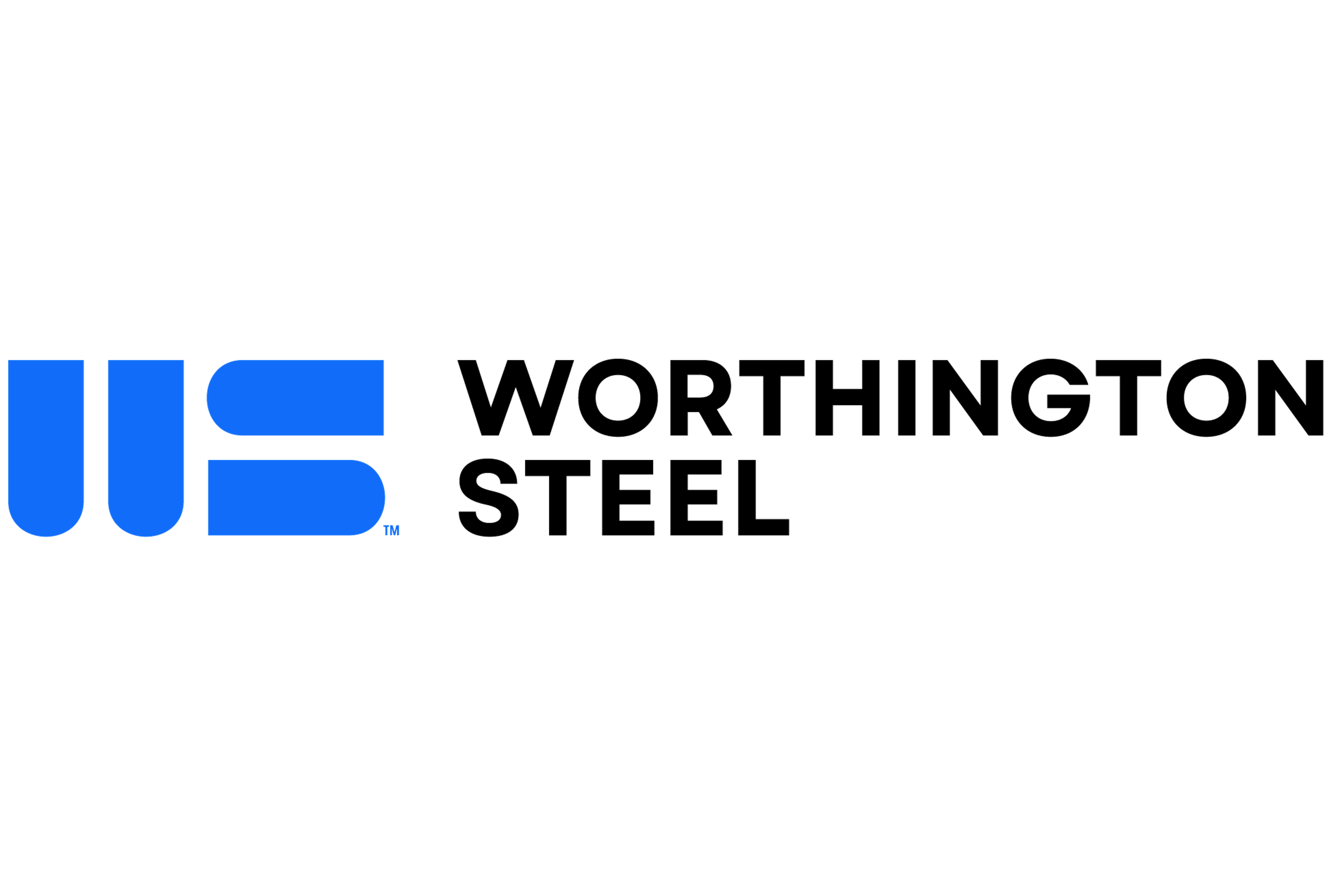Market Segment

January 24, 2017
HARDI/ITR Quarterly Forecast January 2017, Part 1
Written by Sandy Williams
Steel Market Update is a member of an association connected to the construction industry called HARDI. HARDI stands for Heating, Air-conditioning & Refrigeration Distributors International. HARDI and The Institute for Trend Research (ITR), an economic forecasting company, work together to gather economic data to provide a forecast to the HARDI members located in the United States and Canada. The information shared in our newsletter is only part of a much larger package seen by participating HARDI member companies.
ITR looks at data using a 3 month and 12 month moving average to determine where business is within the growth cycle. Today’s issue will cover the general economic overview as well as construction forecasts for the Northeast, Mid-Atlantic, and Southeastern Region based on data as of the end of November 2016.
Economic Overview
The U.S. economy is a growing and HARDI and ITR expect higher levels of business activity in 2017. GDP has benefited from low inflation, wage growth and low interest rates. Consumer spending is up and is driving retail sales and overall acceleration of the U.S. economy, says ITR.
Residential home sales are expanding with a notable pick-up at the end of 2016. Higher metal and oil prices are contributing to growth in manufacturing as well as increased demand. “With macroeconomic trends positive to start the new year, HARDI members should be thinking aggressively about 2017,” said ITR in their forecast.
Northeast
Housing permits in the Northeast dropped by 28.6 percent year over year in the 12 months through November for a total of 53,800 units. Permit growth was mostly impacted from New York State, which was down 44.8 percent in November, and declines in Connecticut and Massachusetts. New York is showing early signs of recovery. Home prices in most of the region are growing at rate below the national average. Prices, however, in Massachusetts, Maine, Vermont and Connecticut are accelerating on a year over year basis. ITR sees the residential construction growth rate accelerating to 15.5 percent in 2017 from -42 percent in 2016 and up 6.5 percent in 2018.
Nonresidential construction declined during 2016 in the Northeast region and is expected to persist into the second half of 2017 before making gains in the first half of 2018. A decline is forecast for the second half of 2018 but will rebound in the second half. Medical construction is expected to provide the most opportunities for HARDI members in the region. ITR places nonresidential construction at a 21.9 percent decline for 2016. Nonresidential construction is expected to have a 7 percent gain in 2017 followed by an increase of 10.4 percent in 2018.
Mid-Atlantic
Residential construction was down overall in 2016. Permit issuances declined 12.7 percent year-over-year in the three months through November and 19 percent during the last 12 months through November. Most of the region is in recovery except for New York City, which was down 43.3 percent, and New Jersey, down 21.2 percent. ITR expects the region to move into accelerated growth by mid-2017. Home prices were mostly tepid in the region said ITR. Growth as measured by permit issuance is expected to increase to 11.6 percent in 2017 and post a mild decline in 2018 of -0.8 percent.
Nonresidential construction opportunities will be found mostly in major metropolitan areas in the Mid-Atlantic, says ITR. After slowing in the last three months of 2016, construction activity is expanding in DC, Delaware, Maryland and New York City year-over-year offsetting declines in the rest of the region. ITR’s forecast for 2016 was 25.1 percent but that is expected to decline to 2.2 percent in 2017 before construction spending rebounds in 2018 to 22.7 percent.
Southeast
The Southeast has seen year-over-year growth of housing permits in November everywhere but Virginia where permits were down 7.2 percent. In most of the region home prices are rising quicker than the national average. ITR forecasts that permit growth for 2017 at 9.9 percent before contracting mid-2018 to a growth rate of -1.2 percent for the year.
Nonresidential construction jumped 29.5 percent in 2016, according to ITR, but is expected to contract in the first half of 2017 and then plateau. Commercial and retail construction is the fastest growing markets that will likely offer opportunities for HARDI sales in 2017. The forecast for 2017 is -1.4 percent followed by an increase to 7.2 percent in 2018.







